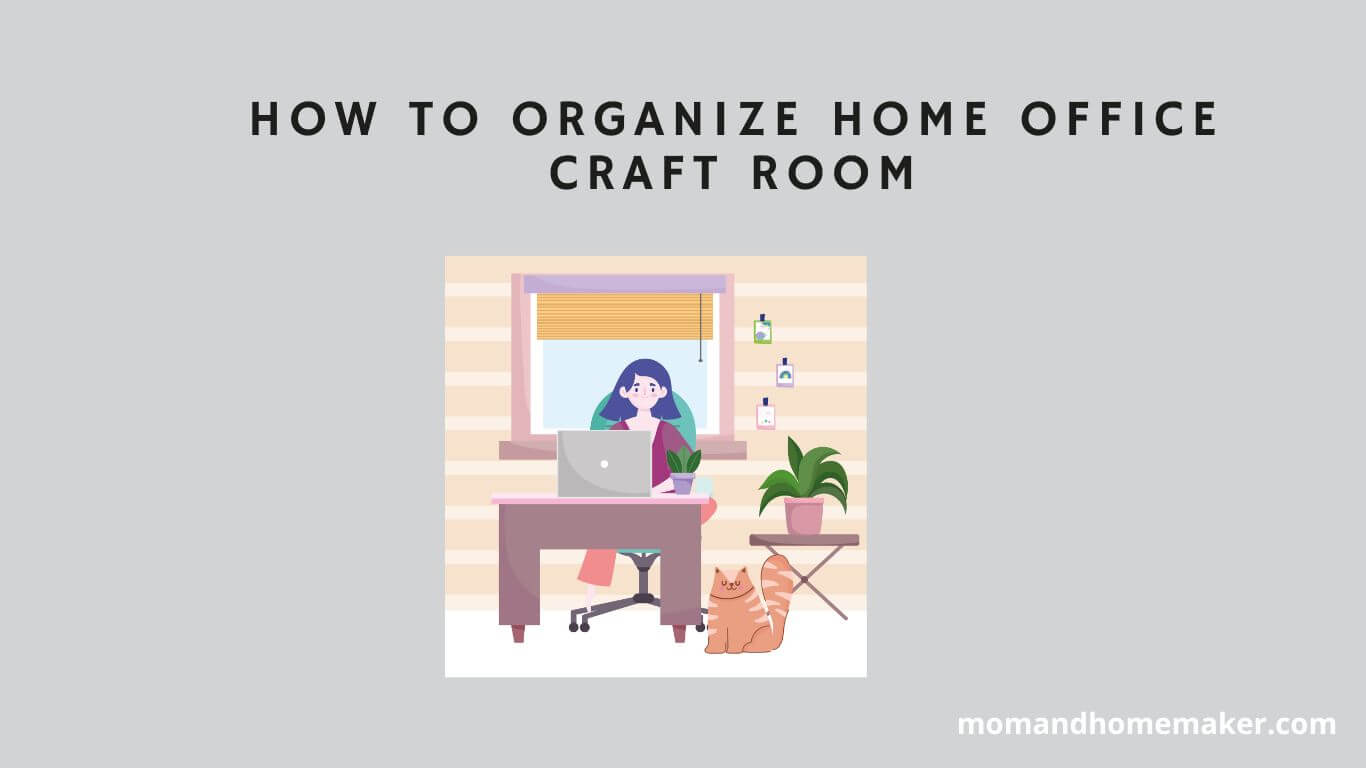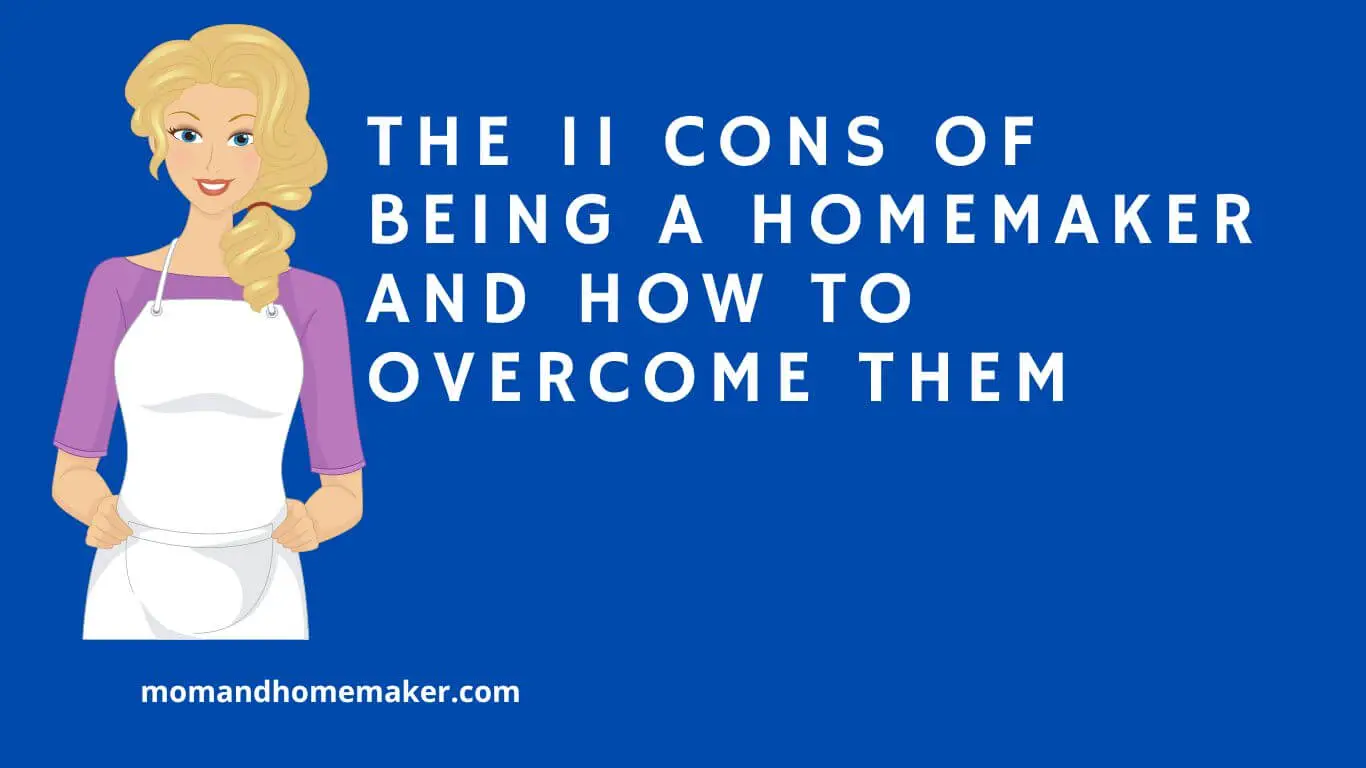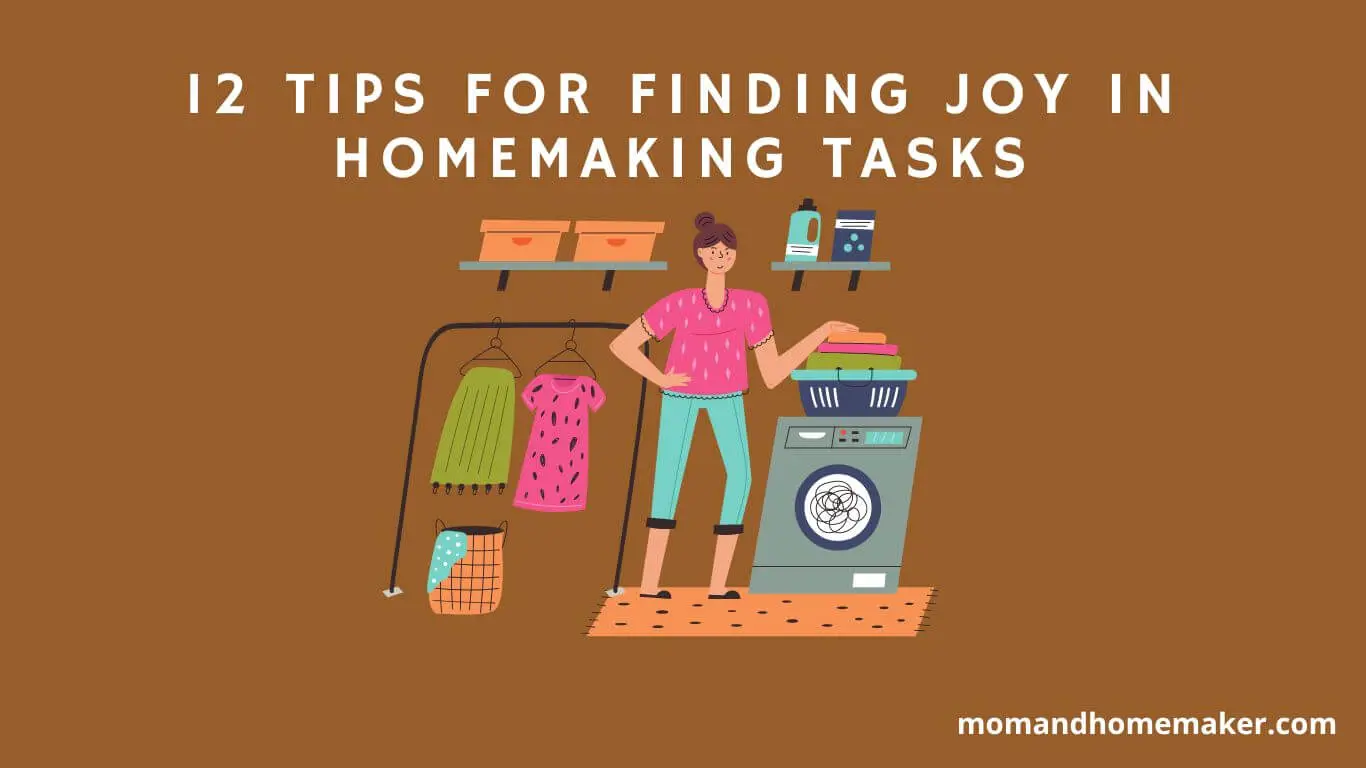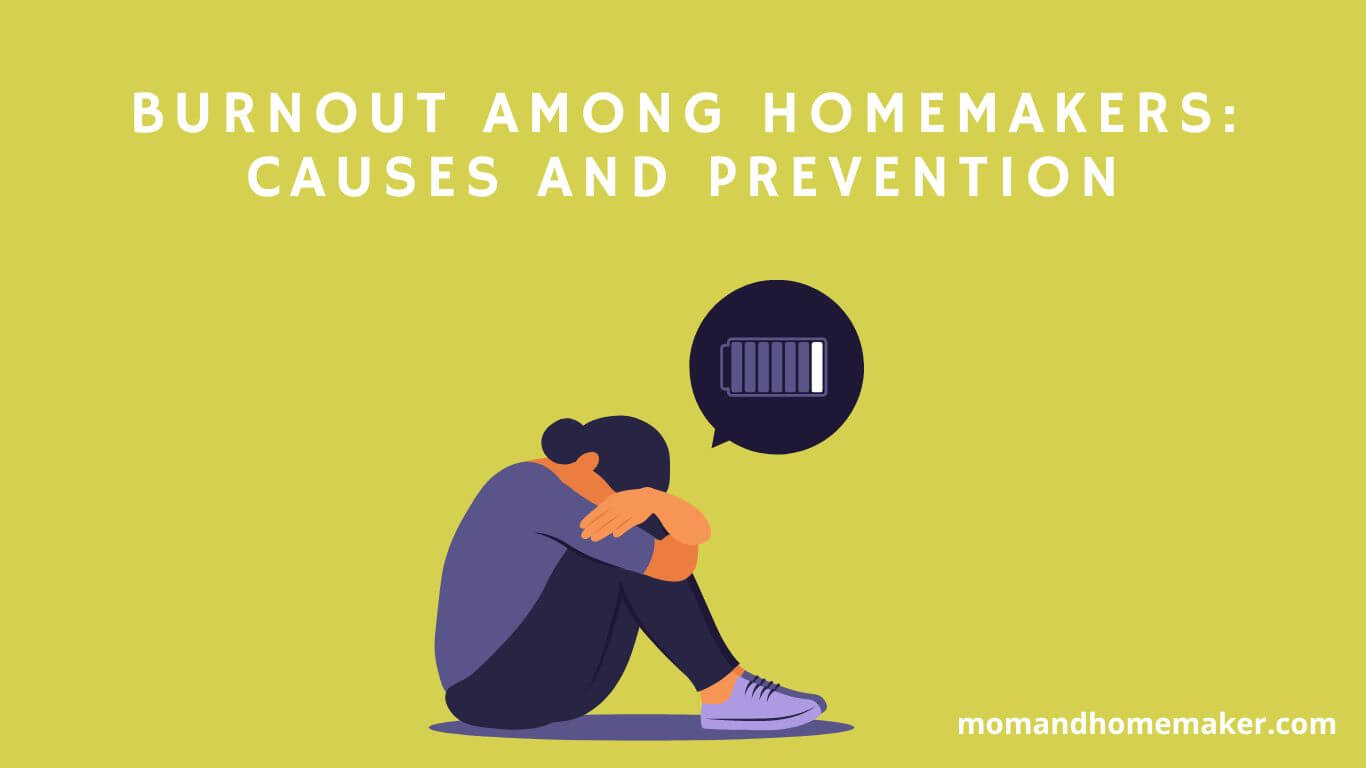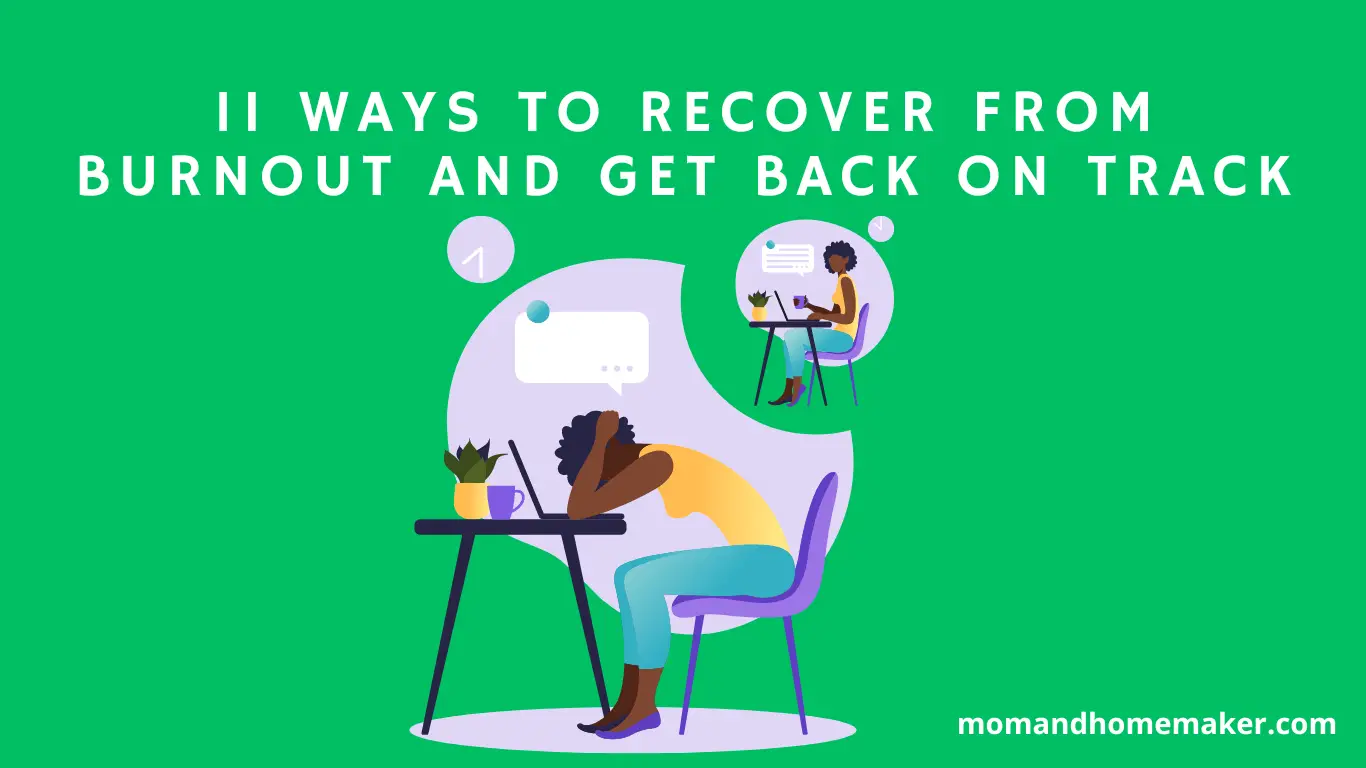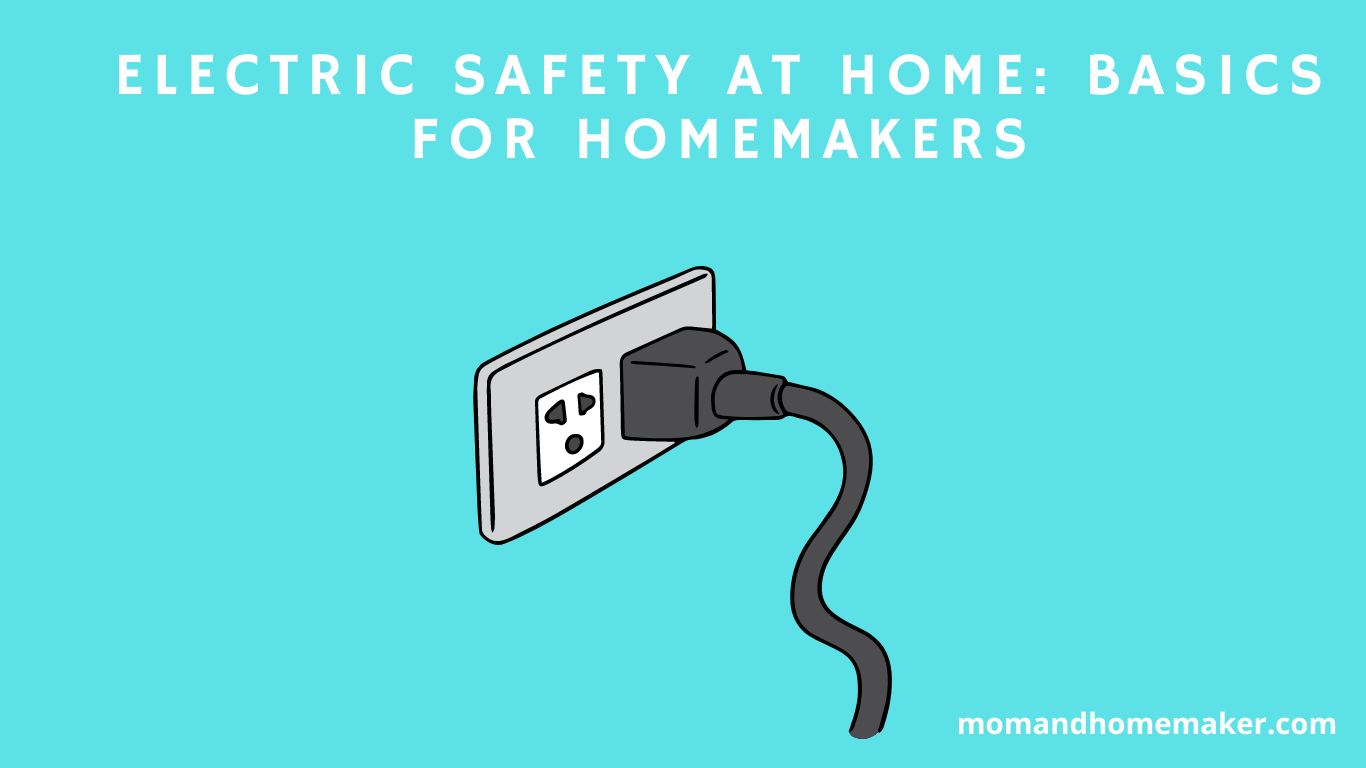A home office craft room is a space that requires a lot of organization to keep it functional and productive. With all the different tools, materials, and supplies needed for various crafting projects, it can be overwhelming to keep everything in order.
With a few simple steps, you can transform your cluttered workspace into a functional and inspiring environment. Assessing your space and needs is the first step in organizing your home office craft room. Take a look around and evaluate the layout, storage, and use of the room. Consider your personal workflow and the types of projects you typically work on.
From there, you can start to declutter and sort through your supplies, invest in storage solutions, and maximize vertical space. With a little effort and some smart planning, you’ll be on your way to a more efficient and enjoyable crafting experience.
Table of Contents
15 Tips on How to Organize Home Office Craft Room
1. Assessing Your Space and Needs
Before diving into planning, take a moment to evaluate the area and your requirements to ensure a functional and efficient workspace. Begin by maximizing storage to avoid clutter and create a clean and organized environment. Consider investing in shelves, cabinets, and drawers to store supplies and equipment. Hang hooks on walls to keep frequently used items easily accessible.
Creating zones is another way to optimize your space. Designate areas for specific activities such as crafting, office work, and storage. This will help you stay focused and avoid distractions. Use room dividers or furniture to separate the zones and create a sense of privacy. Make sure to leave enough space between zones to move around comfortably.
Customizing furniture is a great way to make the most of your space. Choose furniture that fits your needs and style. For example, if you need a large work surface, consider a desk with a built-in storage system. If you have limited space, opt for a folding table that can be easily stored when not in use. Don’t be afraid to get creative and repurpose items such as bookshelves and file cabinets to fit your needs.
By assessing your space and needs, maximizing storage, creating zones, and customizing furniture, you can create a home office craft room that is functional and efficient. Take the time to plan and organize your space, and you’ll be rewarded with a productive and enjoyable workspace.
2. Decluttering Your Space
Declutter your space and make room for creativity in your workspace. Decluttering is essential to getting your home office craft room organized. Without it, your space will remain cluttered and cramped, making it difficult to focus on your work. Here are some organizing strategies that will help you declutter your space and create a minimalist approach to your workspace:
- Start by creating a designated area for each type of craft supply you have. This will help you see what you have and what you need to get rid of.
- Sort through your supplies and get rid of anything you haven’t used in the past year. Be ruthless! If you have an emotional attachment to a particular item, consider taking a photo of it and storing the photo instead.
Keep only the supplies that you need and use regularly. This will help you create a clutter-free workspace that allows you to focus on your creative projects.
- Use storage containers that are clear and stackable, so you can easily see what’s inside without having to dig through a pile of supplies.
- Label everything! This will help you keep track of what you have and where it belongs, making it easier to find what you need when you need it.
Decluttering can be emotional, but it’s necessary to create a workspace that works for you. By following these organizing strategies, you’ll be able to clear out the excess and make room for creativity in your home office craft room.
3. Sorting and Organizing Your Supplies
Start by setting up color coding techniques to make it easy to find what you need. Assign a color to each category of supplies, such as green for paper and blue for fabric. This way, you can easily grab what you need without having to search through a pile of clutter.
Next, get creative with your storage ideas. Repurpose old items, such as mason jars or shoe organizers, to store your supplies in a visually appealing way. Use a pegboard to hang tools and supplies, or install shelves to display your materials. The key is to find a system that works for you and your space.
Lastly, don’t forget to regularly reassess and declutter your supplies. As you continue to create and experiment, you may find that certain materials are no longer necessary or useful. By staying on top of organizing and decluttering, you can maintain a productive and inspiring home office craft room.
4. Investing in Storage Solutions
It’s time to upgrade your storage game and invest in solutions that will make your creative space more efficient and visually appealing.
Modular shelving is a great way to make the most out of your space. You can customize your shelving to fit your supplies and even add on more sections as your collection grows. Plus, modular shelving is easy to move around and reconfigure when you need a change in your space.
Multi-purpose furniture can also be a game-changer in your craft room. Look for furniture pieces that offer storage solutions, such as ottomans that double as storage bins or desks with built-in drawers. This will not only save you space but also keep your supplies organized and easily accessible. Plus, multi-purpose furniture can add a touch of style to your space.
If you’re feeling crafty, you can also get creative with DIY storage solutions. Use mason jars to store small supplies or create your own hanging storage with a pegboard and hooks. Not only will this save you money, but it will also add a personal touch to your space.
With the right storage solutions, your home office craft room will be a beautiful and functional space that inspires your creativity.
5. Maximizing Vertical Space
Instead of just relying on cabinets and shelves, try to think outside the box and incorporate DIY projects that can help you create more storage solutions. For example, you can install pegboards on your walls to hang tools, ribbons, and other craft supplies. You can also create your own bookshelves using wooden planks and brackets, giving you more space to store your books, binders, and other office supplies.
Another practical tip for maximizing your vertical space is to invest in stackable storage containers. These containers are perfect for storing items that you don’t use often, like seasonal decorations or extra office supplies. By stacking them up, you’ll be able to free up more floor space while still keeping your items organized and easily accessible. You can also label your containers to make it easier to find what you’re looking for.
Don’t forget about the space under your desk. You can use this space to store your printer, scanner, or other bulky items. You can also install a hanging file folder system to keep your important documents within reach.
6. Labeling and Categorizing Your Supplies
Make your supplies easy to find and access by labeling and categorizing them, so you can quickly grab what you need without wasting time searching through cluttered shelves and drawers.
This will help you stay focused on your projects and increase your productivity.
| Tips for Labeling and Categorizing Your Supplies | Benefits |
|---|---|
| 1. Use descriptive labels | Helps you easily identify contents of containers |
| 2. Choose a consistent labeling system | Prevents confusion when searching for specific items |
| 3. Organize supplies by category | Saves time when retrieving items |
| Helps you easily identify the contents of containers | Helps to quickly identify specific categories or items |
| 5. Keep an inventory of supplies | Helps to avoid overbuying or running out of items unexpectedly |
By taking the time to label and categorize your supplies, you’ll save time in the long run and be able to focus more on your creative projects. You’ll also be able to find what you need quickly and easily, without having to sort through piles of clutter.
7. Creating a Functional Work Area
As you create a space where you can bring your creative endeavors to life, it’s important to remember that functionality is key. A well-functioning work area can help you stay inspired and motivated throughout your crafting process.
To achieve this, it’s essential to consider an ergonomic setup that can help you avoid physical strain, especially when you’ll be spending long hours working on your projects.
When designing your work area, think about how you can incorporate creative inspiration into the space. Whether it’s adding a colorful painting or a motivational quote on the wall, taking the time to decorate your workspace can help you stay motivated and focused.
Consider incorporating a bulletin board or a whiteboard where you can hang up your ideas, sketches, and other important notes to keep them visible and within reach.
Don’t forget about time management when creating your work area. It’s crucial to have the necessary supplies and tools within reach to avoid wasting time searching for them. Consider incorporating storage solutions, such as a rolling cart or shelving, to keep everything organized and easily accessible.
With a well-organized and functional workspace, you can maximize your creative potential and bring your ideas to life.
8. Incorporating Adequate Lighting
Don’t underestimate the importance of good lighting in your creative space – it can make all the difference in setting the mood and keeping your energy levels up. Incorporating adequate lighting into your home office craft room can help you work more efficiently and avoid eye strain. Consider using adjustable lamps that can be positioned to shine light where you need it most.
One way to incorporate natural light into your craft room is by positioning your desk near a window. This will not only provide you with additional light but also allow you to take advantage of the benefits of natural light, such as boosting your mood and increasing your productivity.
You can also add task lightings, such as a desk lamp or floor lamp, to provide additional light when needed. When selecting lighting for your home office craft room, keep in mind that different types of lighting serve different purposes. Task lighting, for example, is designed to provide focused light for specific tasks, while ambient lighting can help create a warm and welcoming atmosphere.
9. Making Your Space Comfortable and Inviting
Creating a cozy and welcoming ambiance in your creative workspace can make all the difference in your overall productivity and inspiration. To achieve this, you need to consider several factors that contribute to a comfortable and inviting space. Here are three things you can do to make your craft room feel more comfortable and inviting:
- Invest in a comfortable chair or a cozy armchair that you can sink into while you work. A good chair can reduce fatigue and help you work for longer periods without feeling stiff or sore. You can also add a few throw pillows or a soft blanket to make your space feel more inviting.
- Choose colors that make you feel happy and inspired. You can use your favorite colors or opt for a color scheme that complements the rest of your home decor. Paint your walls a soothing color or hang colorful artwork that reflects your personality. Adding pops of color through accessories like curtains, rugs, and storage containers can also make your craft room feel more inviting.
- Incorporate textures and fabrics that make your space feel cozy and welcoming. Add a plush rug, soft curtains, or a cozy throw blanket to your workspace. You can also use textured fabrics like linen, velvet, or wool to add depth and interest to your craft room. These small touches can make a big difference in how you feel when you’re working in your space.
By incorporating these ideas, you can create a warm and inviting craft room that inspires your creativity and helps you work more efficiently. Personalize your space with items that matter to you, such as family photos, artwork, or sentimental objects. Your craft room should be a reflection of your personality and a place where you feel comfortable and happy.
10. Adding Personal Touches and Decor
Make your workspace uniquely yours by adding personal touches and decor that reflect your personality and style. Adding personal touches can be as simple as displaying your favorite quotes or photos on the walls. You can also create DIY decor using materials that you already have, such as old mason jars or scrap wood.
By incorporating your own creativity into your space, you’ll feel more inspired and motivated to work. Customizing furniture is another way to add a personal touch to your home office craft room. You can paint or stain old furniture to match the color scheme of your room, or add decorative knobs and handles to drawers and cabinets.
Not only will this make your furniture look unique, but it will also give your room a cohesive and polished look. Remember that your home office craft room is a reflection of you and your creativity. Adding personal touches and decor is a great way to make the space feel inviting and comfortable.
11. Streamlining Your Workflow
Start by establishing a daily routine. Set specific times for tasks like checking emails, making phone calls, and working on projects. Stick to this routine as much as possible, and make adjustments as needed. This will help you stay on track and avoid getting overwhelmed.
Make sure you’re managing your time effectively. Use a planner or digital calendar to keep track of deadlines and appointments. Break down larger projects into smaller tasks and schedule them accordingly. This will help you avoid procrastination and ensure you’re making progress towards your goals.
Prioritize your tasks based on importance and urgency. This will help you make the most of your time and avoid getting bogged down by less important tasks.
By creating routines, managing your time, and prioritizing tasks, you can streamline your workflow and make the most of your home office craft room. With these strategies in place, you’ll be able to tackle projects with ease and stay on top of your to-do list.
12. Creating a Schedule for Maintenance and Cleaning
You can easily keep your workspace in tip-top shape by setting up a regular schedule for maintenance and cleaning. Not only does this help keep your space organized, but it also ensures that your tools and materials are in good condition when you need them.
Here are some tips to help you create a cleaning schedule that works for you:
| Tips for creating a cleaning schedule that works for you | Explanation |
|---|---|
| Identify your cleaning priorities | Determine which areas of your home require the most attention and prioritize them accordingly. This will ensure that you focus on the most important tasks first. |
| Set realistic goals | Be realistic about the amount of time and effort required to clean your home. Don’t try to do too much in one day or you’ll risk burning out. |
| Break down tasks into manageable chunks | Instead of trying to clean your entire house at once, break it down into smaller tasks that are more manageable. For example, clean one room a day, or do one load of laundry each day. |
| Establish a routine | Stick to the same cleaning routine each week to help create a habit. This will help ensure that your cleaning tasks become a regular part of your schedule. |
| Use a calendar or planner | Use a calendar or planner to schedule your cleaning tasks and keep track of what needs to be done each day. This will help you stay organized and on track. |
| Involve your family | Get your family involved in the cleaning process by assigning tasks to each member. This will not only help distribute the workload but also teach responsibility and accountability. |
| Be flexible | Recognize that your schedule may need to change from time to time, and be flexible in adjusting it as needed. Don’t be too hard on yourself if you miss a task or two. Just pick up where you left off and keep going. |
Creating a cleaning schedule and sticking to it can help you maintain a clutter-free and organized workspace. But it’s also important to manage your time effectively to make sure that you can complete your tasks without feeling overwhelmed.
Use these time management tips to help you stay on track:
| Time Management Tips | Description |
|---|---|
| Prioritize Tasks | Identify and list all tasks in order of priority, starting with the most important ones. |
| Create a Schedule | Set aside specific times for each task, including breaks and downtime. Stick to the schedule as much as possible. |
| Eliminate Distractions | Remove any potential distractions, such as social media notifications or unnecessary phone calls. |
| Set Realistic Goals | Set achievable goals for each task, and break larger tasks into smaller, more manageable parts. |
| Use Time Management Tools | Utilize tools such as timers, calendars, and apps to help manage time and stay on track. |
| Learn to Say No | Be willing to say no to commitments or requests that may interfere with completing important tasks. |
| Take Breaks | Take regular breaks to rest and recharge. This helps to increase productivity and avoid burnout. |
| Review and Adjust | Regularly review progress and adjust the schedule or goals as needed to stay on track. |
Incorporating a regular maintenance and cleaning schedule into your routine can help you stay organized and focused in your workspace. With a little bit of planning and time management, you can create a schedule that works for you and helps you maintain an efficient and clutter-free workspace.
13. Staying on Top of Your Inventory
Don’t let your materials and supplies go to waste – stay on top of your inventory to ensure that you always have what you need for your projects. Tracking your inventory is essential to avoid running out of essential supplies. You don’t want to be in the middle of a project and realize that you’re out of crucial material.
Inventory management tips can help you keep track of your supplies. Start by categorizing your materials and keeping them organized. You can use labels, bins, or shelves to make it easier to find what you need. Also, make sure to keep track of the quantity of each item you have.
Regularly updating your inventory list will help you stay on top of your supplies. Utilizing inventory software can also help you manage your supplies. These programs can track your inventory automatically and alert you when you’re running low on items. They can also help you keep track of the cost of your supplies and help you budget for future projects.
14. Incorporating Digital Organization Tools
These tools can help you keep track of your inventory and manage your craft room with ease. However, it’s important to weigh the benefits and drawbacks of each option to find the right fit for your needs.
One recommended option is Trello, a free project management tool that allows you to create boards, lists, and cards to organize your tasks and ideas. You can also add due dates, labels, and attachments to each card for more detailed organization.
Another great option is Evernote, a note-taking app that allows you to create digital notebooks and sync them across all of your devices. You can also take photos and record audio to keep track of your ideas and inspiration.
While these tools can be incredibly helpful, it’s important to note that they require some time and effort to set up and maintain. It’s important to find a balance between digital and physical organization to ensure that you’re not spending all of your time on your computer or phone.
With the right tools and mindset, you can create a streamlined system that allows you to spend more time doing what you love.
15. Seeking Inspiration and Resources for Continued Improvement
One way to get inspired is by exploring craft room decorating ideas. A well-decorated craft room can motivate you to create and help you stay organized. Check out Pinterest or Instagram for some amazing craft room decor inspiration.
Another way to improve your home office craft room is by finding creative workspace ideas. A clutter-free and well-organized workspace can help you focus and be more productive. DIY storage solutions can also be a great way to keep your crafting supplies organized and within reach. You can find tutorials and inspiration for DIY storage solutions on YouTube or on crafting blogs.
Overall, seeking inspiration and resources for continued improvement is key to creating a successful home office craft room. The more you invest in your craft room, the more you will enjoy spending time in it.
Conclusion
Organizing a home office craft room can be a daunting task, but with proper planning and execution, it can be a fun and rewarding experience. By following the tips mentioned above, you can create a space that is not only functional but also aesthetically pleasing.
Declutter regularly, utilize storage solutions, label everything, and keep your workspace clean and tidy. With these simple steps, you can transform your home office craft room into a productive and inspiring space that will help you unleash your creativity and achieve your goals.
Your space is not only functional but also beautiful and inspiring. You can’t wait to create your next masterpiece in your perfectly organized craft room.

